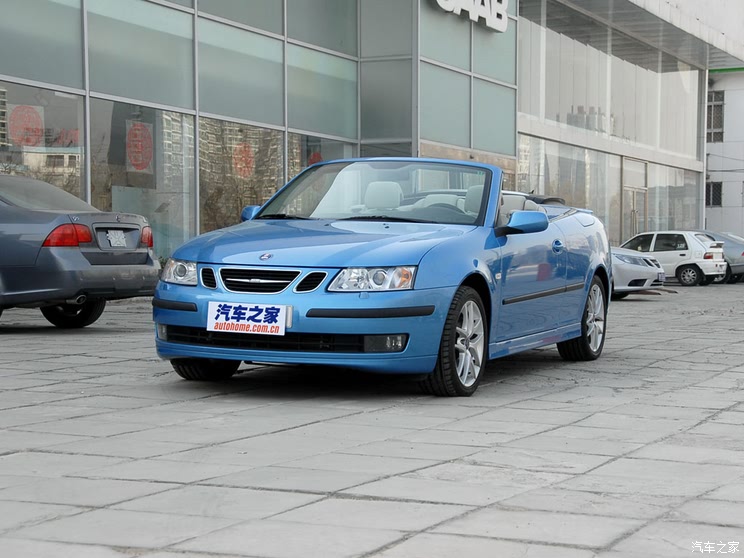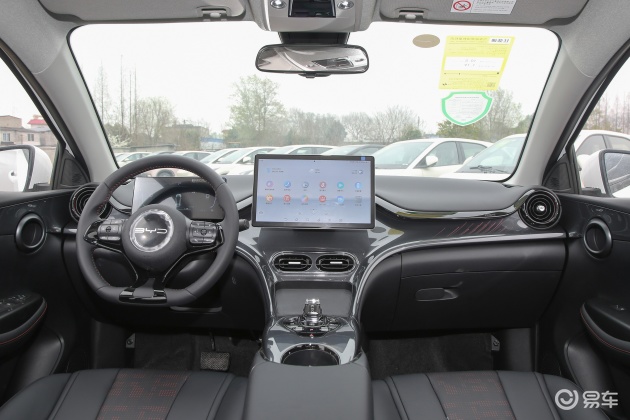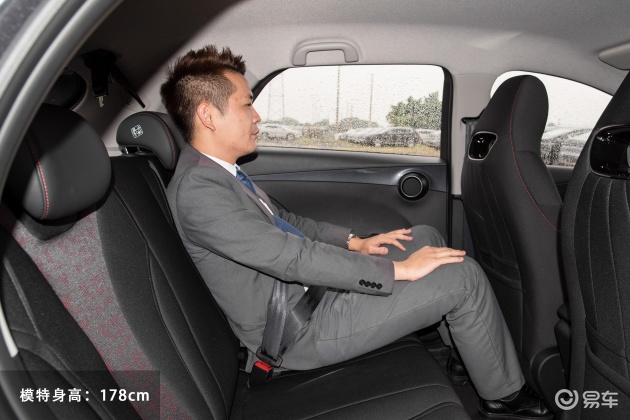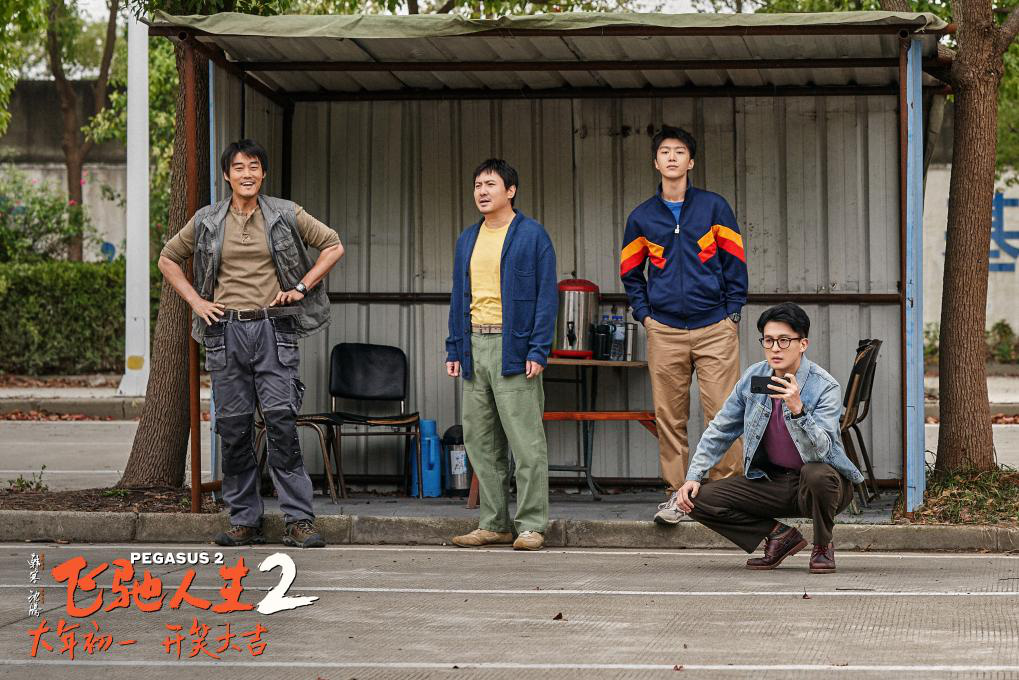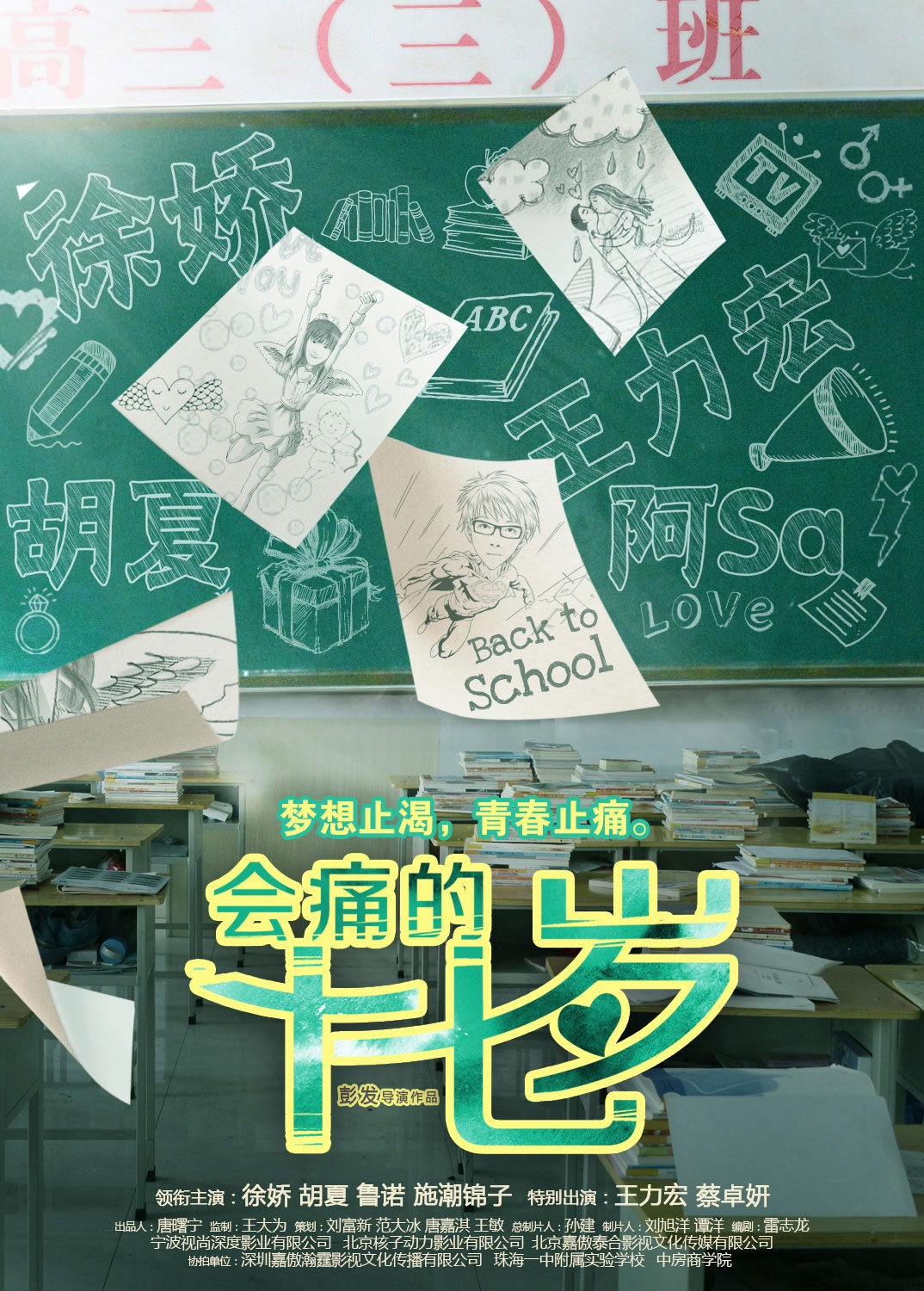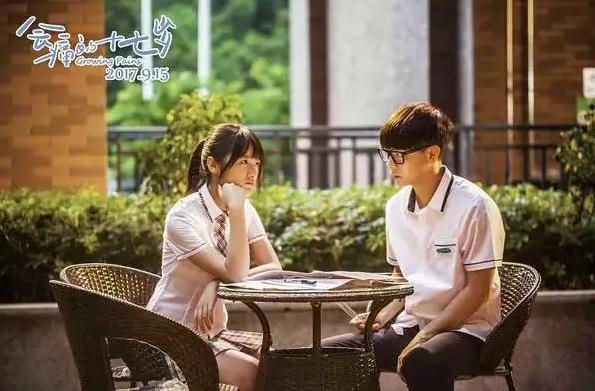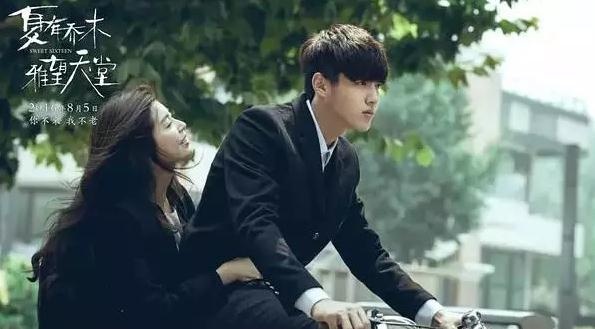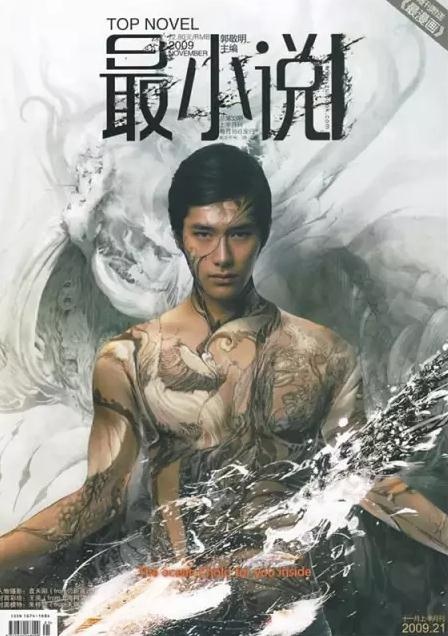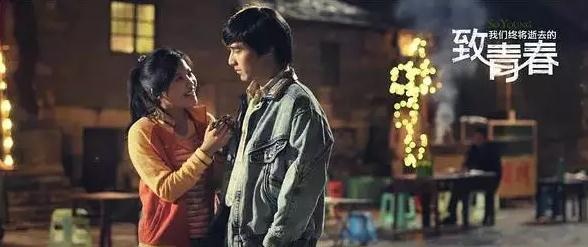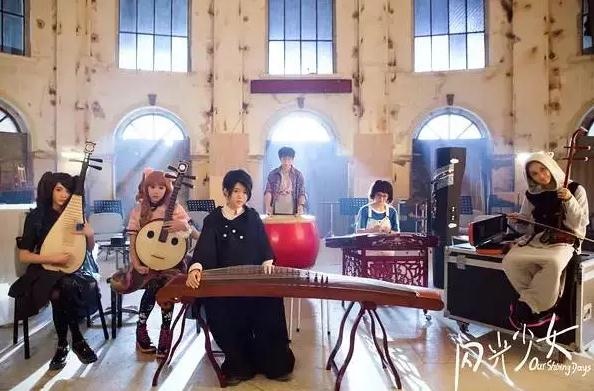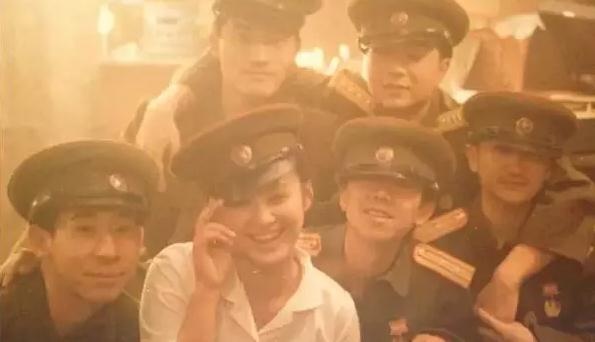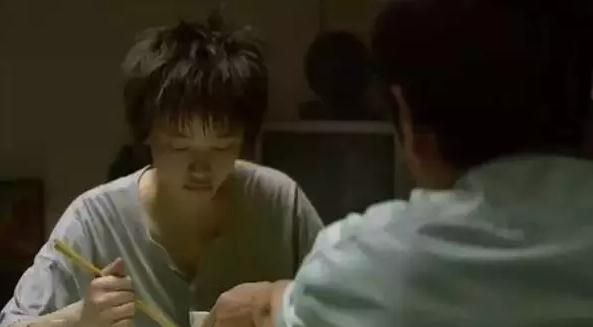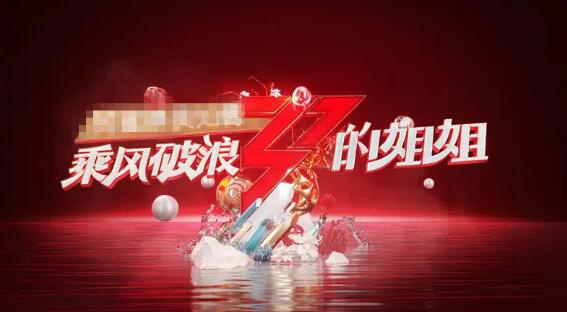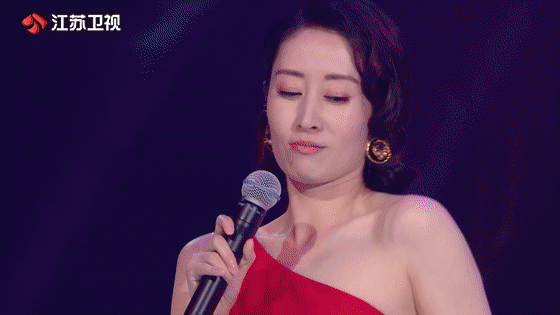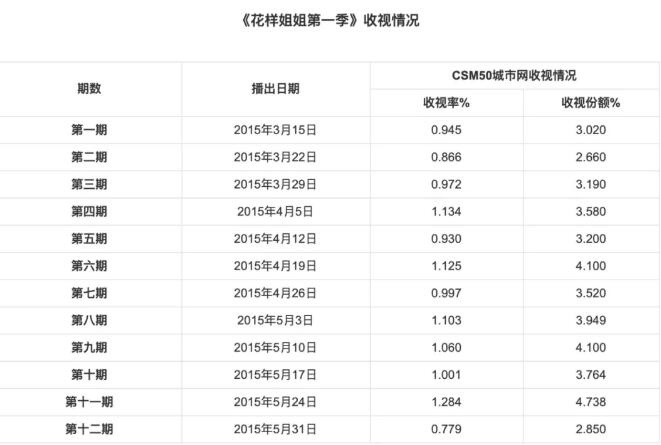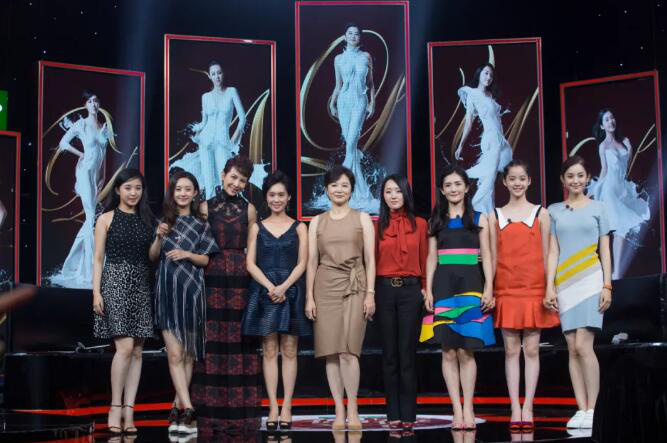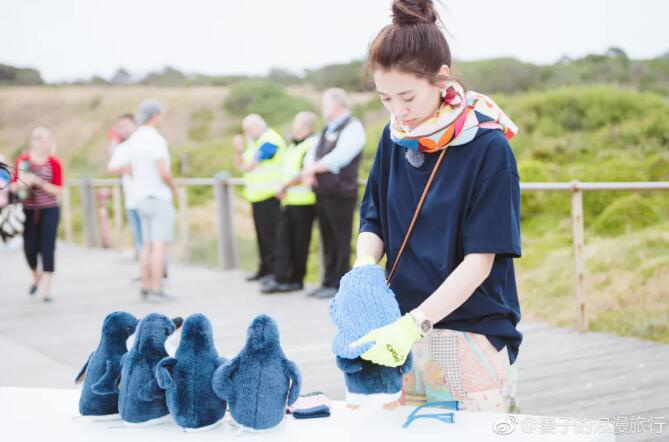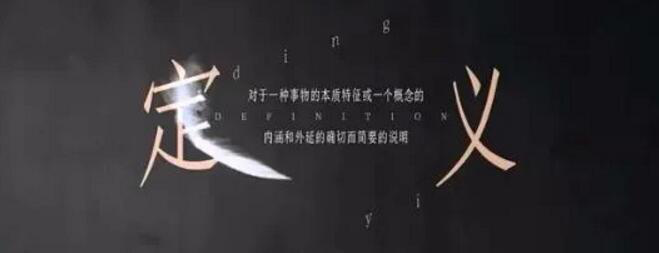In March this year, Tango Gameworks, which was founded in Paul on Wednesday, was 12 years old. So far, this studio has released two works "Evil Spirit Possession" and a mobile game, and then the upcoming "Ghost Line: Tokyo".
Since its debut, the official publicity of this work has been very restrained. For three consecutive years, there was only one official film broadcast every year: 19 years was a concept preview, and 20 years and 21 years were each shown with a real machine preview. It was not until the eve of the sale that the publicity of this book became much more.
In particular, the real machine preview in 20 years showed us the real play of the game for the first time: the mysterious man with a left-handed smart watch and a right-handed rosary used ancient spells to drive out the classic Japanese ghosts after modern interpretation on the streets of modern Tokyo, and the fashion value was directly full.
After actually getting the game through, my mood is quite complicated. It has some parts that make me satisfied, and some parts that make me disappointed. Let me talk about it in detail.
When the streets of Shibuya are empty
The adventure of Ghost Line: Tokyo begins in Shibuya, Tokyo, which is empty. In the game, 99% people in Shibuya, Tokyo, disappeared under the influence of a mysterious fog. When the player can control the actions of the protagonist "Yi Yue Xiao Ren", the street is empty, leaving only clothes scattered all over the floor.
At first glance, the streets of Shibuya in the game are as usual: the huge outdoor advertisements at the crossroads are still playing, the recordings of Baiqingge store and convenience store attracting guests are still circulating, and the escalator in the shopping mall is also operating normally, but because of the lack of noisy voices, people will feel an unspeakable sense of disobedience.
If you pay close attention to the clothes scattered on the ground, you will find many things, which may be the work notes of a social animal, the medical insurance card of a young mother, or the leaflets of game hall activities distributed by working college students. All this is telling us that there were real people standing here.
The experience accumulated by the development team in the series possessed by evil spirits has also been used in this work. You will encounter some twisted and strange visual wonders in the game, such as the upside-down and upside-down space, or the scene with constantly changing structure, which has a very strong visual impact. Unfortunately, the number of these visual wonders is not too much.

With the support of PS5 hardware, the game screen I experienced performed well. The quality mode has high resolution and light tracing is turned on, which makes the material details and light and shadow effects better. Performance mode does not turn on ray tracing and the details are poor, but the highest frame rate reaches 60 FPS; In addition, there are four modes with high frame rate quality/high frame rate performance and VSync turned on respectively, which can sacrifice graphics quality in exchange for higher frame rate.
From my experience, it is not recommended to choose two high frame rate modes without opening VSync, which have serious picture tearing. The picture quality of the two high frame rate modes with VSync turned on has declined to some extent, but the personal feeling of frame rate improvement is not obvious; The quality mode works well, but when you really play, the quality of the performance mode is actually not obvious, but the 60 FPS experience has improved significantly.
Atmosphere shaping is the strength of this book, and the DualSense handle of PS5 is indispensable. Tactile feedback can reflect the differences of different environments through vibration, especially the feeling of rain hitting the hands, and the raindrops are clearly felt one by one.
In the game, the process of printing and exorcism also tries to enhance the sense of substitution through the handle operation, which requires the player to draw a designated trajectory with the touchpad or rocker to purify the evil spirits. Perhaps it is because the sensitivity adjustment is not good, and the experience of using the touchpad in this link is not good, or it is easier to complete with the joystick.

Personally, I think the best thing is the application of handle speaker. KK, a mysterious character possessed by the protagonist Xiao, will talk to Xiao from time to time during his adventure. At this time, KK’s voice will be heard through TV and handle at the same time. When my attention is focused on the TV, the sound from the handle seems to really come from my body, and that kind of hearing is very special. However, wearing headphones to play will not experience this.
Compared with the full atmosphere, the main story of this work is relatively thin. At the beginning of the story, Xiao Ren, the hero of a car accident, was possessed by KK to survive, and he also got the magical ability to shoot spells from his hands. Xiaoren found out that the initiator of Shibuya incident took his sister away, so he embarked on a journey with KK to drive away ghosts and save Shibuya’s wandering souls.
Although the main story is still complete, and the motives of the villains are clearly explained, the important roles, including the younger sister, are not shaped enough, and the way of explanation is that the end of the story is a little rough. In addition, there are many questions that have not been answered until the game is cleared. I don’t know if it is necessary to clear the feeder line and the collection.
I tied my handprint to exorcise evil spirits and break demons.
I can totally accept that the main story of the game is general, because I didn’t have particularly high expectations. In contrast, the battle of Ghost Line: Tokyo really disappointed me.
The gameplay of this game is essentially the first-person shooting. The protagonist can shoot the enemy with different spells to expose his inner "spiritual nucleus" (playing an executable state), and then pull the spiritual nucleus away with a psychic line or bare hands to destroy (execute).

Spells are called "ethereal warfare" and have three attributes: wind/water/fire. It is called "attribute", but in fact, there is no design such as attribute restraint and element chain in this work. The three spells only correspond to three forms: continuous shooting, shooting and large-scale explosion.
Releasing spells requires consuming "spiritual power", and its manifestation is not "mana", but ammunition. So you can completely understand these three spells as pistols, shotguns and rocket launchers in general shooting games.
In addition to ethereal fighting skills, the protagonist can also use the broken magic bow and imperial letters to fight. Breaking the magic bow has a long range and high damage, which is equivalent to a sniper rifle with obvious ballistic drop; Imperial edicts are throwing consumables similar to grenades, some of which can temporarily control the enemies in the range, and some can directly expose the enemy’s mental nucleus.

Although I have compared a bunch of elements of common shooting games above, in fact, Ghost Line: Tokyo is not a common shooting game. The key lies in this set of playing features designed around the "ethereal fighting skill".
First of all, the ethereal fighting skill can be accumulated. The spell will be strengthened after the power storage, resulting in additional effects. For example, the power storage of the Seal of the Wind can shoot multiple attacks with only a little spiritual power, and the power storage of the Seal of Fire can greatly increase the explosion range. In addition, Xu Li attack can make the enemy expose the mental nucleus or fall to the ground more easily, and it is easier to play the execution state. And direct attack is not good in most cases.

Secondly, the protagonist’s feeling of moving is heavier than that of a sergeant wearing a 300-kilogram armored suit. In the battle, there are no flexible ways of moving, such as dodge and shovel, and there are no bunkers in many battle scenes. The importance of the element of "moving" in this set of combat gameplay has been reduced to the most basic level: if the enemy is too close, I will take two steps back, and if the enemy is too far, I will get closer.
In addition, the protagonist can reduce part of the damage through the block, trigger the perfect block and not be hurt or rebound the enemy’s long-range attack. Most enemies in the game have low attack frequency and obvious forward shaking, so the timing of perfect block is relatively easy to grasp.

Since Xu Li has many advantages, of course, I have Xu Li for every bullet; Since it doesn’t make much sense for the role to move, I simply won’t move. Anyway, I can stop the enemy from coming. Therefore, this game presents a set of slow-paced, post-based, almost turn-based combat gameplay.
I never imagined that shooting games could be made in this form. I may have spent more than half my time in the battle, so I can’t move completely, but I do take two steps back to slightly distance myself from the enemy, so that I can accumulate more energy and attack before I have to press the block key.
It should be noted that the above description is mainly aimed at the mixed warfare in the game, and the role of mobile in the boss battle will be greater. Some boss skills are relatively more difficult to block, and they need to walk and jump to avoid. However, the problem of power storage remains the same. In order to achieve better attack effect, I still tend to attack with full power when I play boss, and the pace of fighting is still slow.
In June, 2020, the official revealed to the media that the playing system of this game emphasizes the action, and the fighting system is a set of "combo base" inspired by the "nine-character protection method". The so-called "combo base" can be understood as based on continuous strokes or combination techniques. How to combine hand-knot printing with continuous strokes/combination techniques to make a specific play? This is the biggest reason why this book made me look forward to it so much.

At that time, Japanese media reported on Game’s talk.
But in the actual game, I didn’t find any elements related to "Lian Zhao" and "Combination Technique". There is no combination design between different spells, and there is no additional effect bonus for continuous attacks of the same spell. If you mean controlling the enemy with imperial edicts and then using spells to attack this level of combination, it is too far-fetched.
Perhaps the original design scheme of Lian Zhao/Combination Technique was abandoned for various reasons, or there was a deviation in the report when the information was made public. In short, the fighting game of Ghost Line: Tokyo is like this now: only the handsome hand movements of Grade Two are left, which is not interesting enough to play.
In addition, there are not many kinds of enemies in the game, and there are many derivatives of the same kind of enemies, so it is inevitable that fighting will be boring.
Personally verify every urban legend
So I’d rather wander around the streets of Shibuya than fight.
The explorable area in the game is designed based on the real Shibuya in Tokyo, and many real landmarks also appear in the game, such as Shibuya Station, a transportation hub in Tokyo, Shibuya, a comprehensive shopping mall (called Kagerie in the game) and Dogenzaka (called Youxuanban in the game).
Unfortunately, this map is not a one-to-one replica of Shibuya. It is impossible to use this map as a Shibuya tourism simulator, but it is still possible to simply appreciate the customs.
Ghost Line: Tokyo has a large map for free exploration, but in fact, many areas need to go through black screens or loading, such as some indoor or underground scenes, which are not completely open. The first third of the game is almost completely linear, because many areas are shrouded in harmful fog, so players can only push the main line first and disperse the fog before unlocking more areas they can go to.
The way to dispel the fog is to purify the torii of shrines in Shibuya. Open-world gamers must be familiar with it, which is the so-called "counting the towers to open the map."

The fun of this work is mainly to explore the three-dimensional terrain with great height difference. In the game, some torii are on the top of the building, while others are at the bottom of the construction site. Combining with the protagonist’s ability to climb to the top of the building or glide down from a height with a spiritual force, it is often much more interesting to explore up and down than to walk on the ground.

For example, the large-scale shopping mall "Kagerie" in Shibuya mentioned above has high floors, complex structure and many floating platforms, one of which is a bird house, which is quite interesting to explore.
Unfortunately, Kagerie in Shibuya can experience it in the early stage of the main flow of the game, but the bird residence encountered in the middle and late stage can no longer match it in terms of location, scale and design, so the exploration of torii in the middle and late stage is dull by comparison.
After purifying torii, with the unlocking of the map, shops, feeder lines and other contents in the area will also appear together. Although there are not 100,000 question marks to be cleared, there are many things waiting for players to do in the open map.
For example, those activities designed around folk legends, such as catching the pulley head and the river boy (stalking/sneaking), saving the boy (indoor exploration), guarding the wooden spirit (guarding the strange), etc., are quite interesting for the first time, but because the gameplay itself will not change, it will become boring after trying it twice.
Catching a kapok is one of the more interesting activities, similar to the feather/page chase in Assassin’s Creed series, which is a parkour jumping challenge, and each challenge is a new route, so it is not too boring.
If you want to know about urban legends or folk stories, it is suggested that you should go directly to the side task. The sideline tasks in the game are all adapted or original legendary stories. Although the gameplay is not brilliant, the stories themselves are quite interesting.
Personally, I prefer to collect KK’s investigation data, which is one of the collections in the game, recording all kinds of paranormal investigated by KK, and it feels a little like a mini-mystery novel.
In addition, there are a large number of spirits distributed everywhere on the map that players need to collect. These spirits are the souls of those people who disappeared in the plot. We have to use "form generation" to absorb them and send them to KK’s partners through a "soul transmission device" disguised as a public telephone, so that these souls can be resurrected outside the Shibuya boundary.
The process of running pictures and collecting spiritual bodies is boring most of the time, or it is because there are too few places like Kagerie in Shibuya. Most places are the same multi-storey residential buildings or single-family houses, and there are not many unique scenery to enjoy.
Almost all these open-world activities are linked to the growth system of characters. Collecting spiritual body is the main source for game characters to gain experience, and learning skills depends on it; Monster-related activities will reward the prop "Gouyu" used to unlock higher skills; Visiting the Tibetan statues can raise the spiritual limit of ethereal warfare.
I can’t say that this is the content of "forcing players to complete", but these activities are so important that I really feel that I have to do it although I don’t want to.
summary
After the resumption of customs clearance, I found that I was not satisfied with Ghost Line: Tokyo, for example, the shuttle skills were not smooth enough, the stealth design was too rough to play, and the Chinese subtitles were not translated according to the original Japanese. Not to mention that my greatest expectation for this book has failed — — The gameplay is not as good as I expected.
But then again, my disappointment is based on high expectations. In all fairness, from the perspective of stylization and uniqueness, this work is really remarkable in some specific aspects.
In fact, I was relieved after the resumption of the offer. Although I didn’t get a hearty experience of printing and playing ghosts, I can control Xiaoren to eat Japanese street snacks such as strawberry Dafu and snapper roast, and walk on the roof of Shibuya residential buildings to experience various Japanese folk stories and urban legends personally, which is not a bad pleasure.
